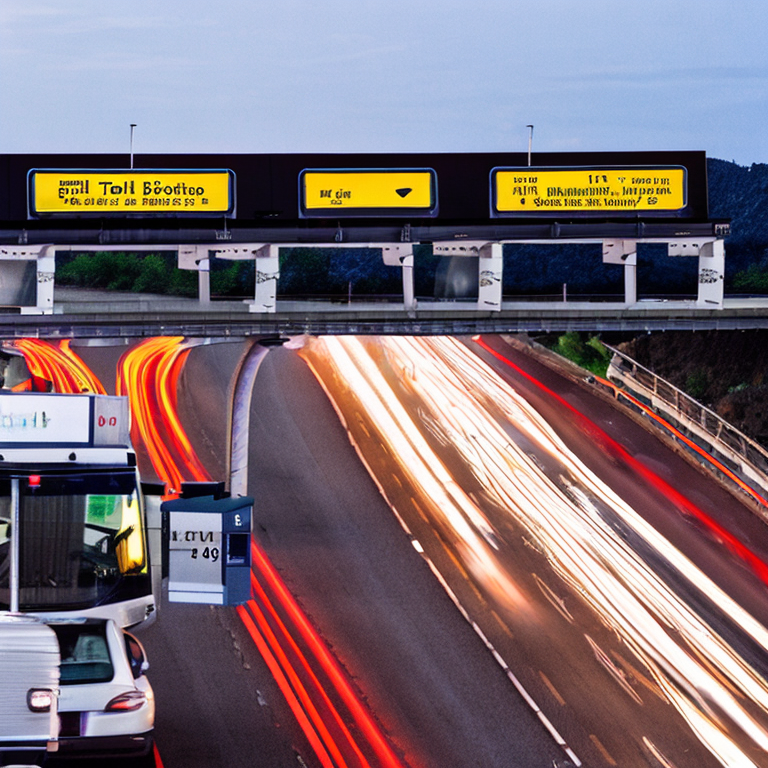Paid vs Organic Traffic: Understanding the Distinction
Most modern businesses require an online presence to remain competitive. However, simply having a website on a server somewhere alone is not enough. To drive traffic to their website, businesses must utilize different techniques, including paid and organic traffic. Many businesses often confuse the two, but it is essential to understand the distinction to determine which is the best fit for your business needs.
Definition of Paid Traffic
Paid traffic is the traffic that comes to your website as a result of paid marketing activities such as advertisements, sponsored content, and pay-per-click campaigns. In other words, businesses have to pay for every click, impression or lead generated from their ads. Examples of paid traffic sources include Google Ads, Facebook Ads, LinkedIn Ads, and Instagram Ads.
Definition of Organic Traffic
Organic traffic, on the other hand, is the traffic that comes from search engines or other sources without paid advertising efforts. It is the result of the website’s content, relevance, and search engine optimization efforts. Organic traffic sources include search engines like Google, Bing, Yahoo, and social media platforms like Facebook, Instagram, and Twitter.
Pros and Cons of Paid Traffic
The main advantage of paid traffic is that businesses can generate traffic quickly, and they have control over their target audience. Paid traffic also allows businesses to track their results and adjust their campaigns based on the data collected. However, paid traffic can be expensive, and businesses need to have a good understanding of their target audience to ensure that their campaigns are effective.
Pros and Cons of Organic Traffic
Organic traffic can be cost-effective as it does not require any direct payment. It also provides long-term benefits as the content created can continue to generate traffic over time. However, it can take time to build organic traffic, and businesses need to have a good understanding of search engine optimization to optimize their websites to rank higher in search engines.
Key Differences between Paid and Organic Traffic
The primary difference between paid and organic traffic is the source. Paid traffic comes from paid advertising campaigns, while organic traffic comes from search engines and other non-paid sources. Paid traffic is more immediate, while organic traffic takes time to build. Paid traffic is also more controlled, while organic traffic is subject to search engine algorithms and other external factors.
Factors Affecting Paid and Organic Traffic
Several factors affect both paid and organic traffic. For paid traffic, factors such as the target audience, the ad copy, and the ad placement can influence the success of the campaign. For organic traffic, factors such as content quality, relevance, and search engine optimization practices can impact the website’s ranking in search engines.
How to Measure Paid and Organic Traffic
Businesses can use tools such as Google Analytics to measure and track their website’s traffic. In Google Analytics, businesses can differentiate between paid and organic traffic and track their success over time. They can also use other metrics such as bounce rate, conversion rate, and click-through rate to measure the effectiveness of their campaigns.
Understanding the Distinction between Paid and Organic Traffic
Understanding the distinction between paid and organic traffic is essential to determine which traffic generation method is best suited for your business needs. Paid traffic is more immediate and provides more control, while organic traffic is cost-effective and provides long-term benefits. Depending on the business’s goals, they can choose to utilize either or both methods.
Choosing Between Paid and Organic Traffic: Best Practices
When choosing between paid and organic traffic, businesses should evaluate their goals and budget carefully. Paid traffic can be costly, and businesses need to have a good understanding of their target audience to ensure that their campaigns are effective. On the other hand, organic traffic takes time to build, and businesses need to have a good understanding of search engine optimization practices to optimize their websites. Combining both paid and organic methods can also be a viable option for businesses to drive traffic to their website.
To sum it all up, understanding the difference between paid and organic traffic is essential to determine which traffic generation method is best suited for your business needs. Both methods have their advantages and disadvantages, and businesses should evaluate their goals and budget carefully before deciding which method to use. By utilizing best practices and measuring their success over time, businesses can drive traffic to their website and achieve their digital marketing goals.








